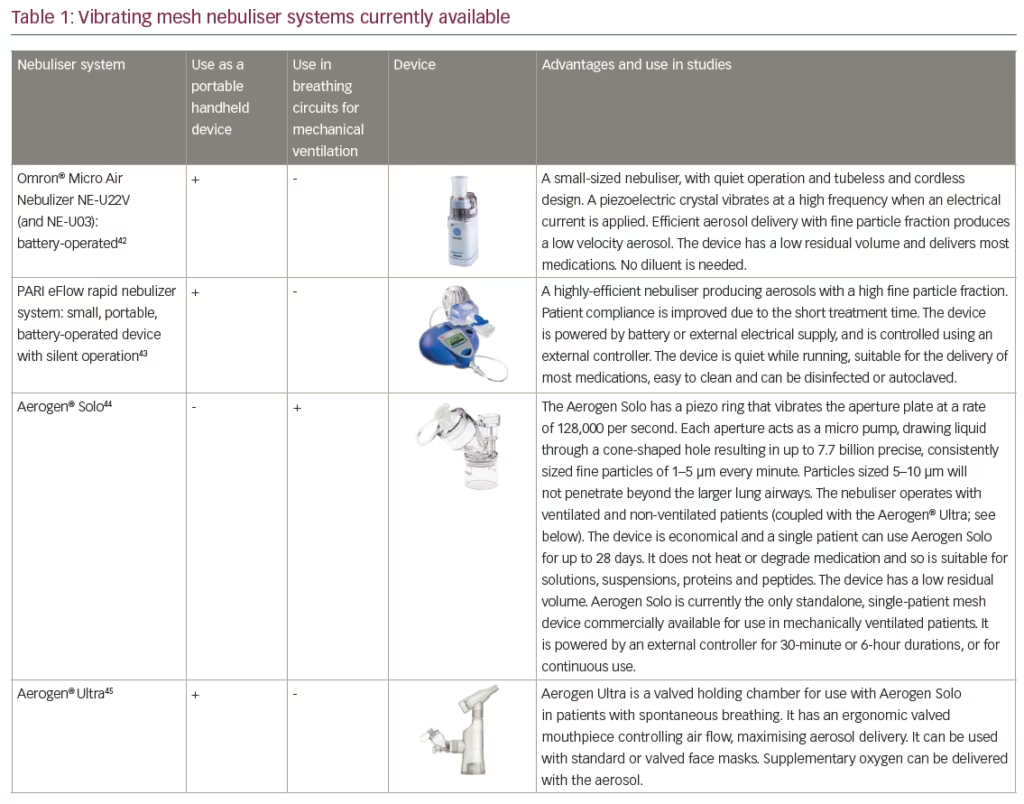Search Results
Showing Results for nasal anatomy

Welcome to the latest edition of touchREVIEWS in Respiratory & Pulmonary Diseases. As we continually strive to deliver cutting-edge research and insightful commentary, this issue is no exception, featuring a diverse array of articles that illuminate both emerging treatments and ...

The nasal airway serves as the primary entry point of air and oxygen into the body. It serves critical functions, such as providing a physical barrier against external irritants and pathogens and warming and humidifying incoming air.1 Consequently, disorders of ...

Paediatric sleep-disordered breathing Sleep-disordered breathing (SDB) is defined as the disruption of normal respiration and ventilation while asleep.1 SDB encompasses multiple sleep disturbances, ranging from mild snoring to obstructive sleep apnoea (OSA).1,2 OSA is characterized by episodic partial or complete ...

Chronic cough, defined as a cough lasting over 8 weeks, has an estimated global prevalence of 10% and has significant detrimental physical, social and psychological consequences on individuals.1,2 Chronic cough is a complex heterogeneous disease, in which many causative factors need to ...

Highlights Neuromuscular diseases exhibit a complex array of respiratory physiologic changes that typically progress over time. These physiologic changes can promote significant respiratory abnormalities during sleep, leading to decreased quality of life, significant daytime symptoms, and overall worse survival. ...

Inducible laryngeal obstruction (ILO), previously designated as vocal cord dysfunction (VCD), is characterised by a transient and reversible narrowing of the larynx in response to external triggers, resulting in symptoms such as cough, dyspnoea and noisy breathing.1,2 Adduction of the ...

Aerosol administration of drug therapies is a well-established and increasingly important delivery method for patients with acute or chronic respiratory conditions, especially for those receiving critical care. Aerosol therapies are now given to one-quarter of critically ill patients and one-fifth ...

Case report An eight-month-old girl presents with mild, intermittent tachypnea of several months duration. The girl’s past medical history was unremarkable except for a short neonatal intensive care unit (NICU) course secondary to respiratory distress following a term, vaginal ...
Latest articles videos and clinical updates - straight to your inbox
Log into your Touch Account
Earn and track your CME credits on the go, save articles for later, and follow the latest congress coverage.
Register now for FREE Access
Register for free to hear about the latest expert-led education, peer-reviewed articles, conference highlights, and innovative CME activities.
Sign up with an Email
Or use a Social Account.
This Functionality is for
Members Only
Explore the latest in medical education and stay current in your field. Create a free account to track your learning.

